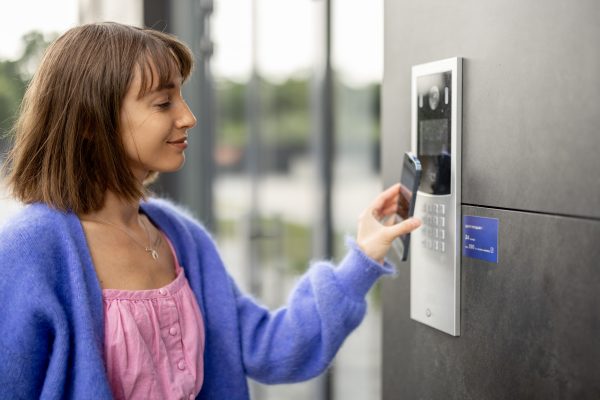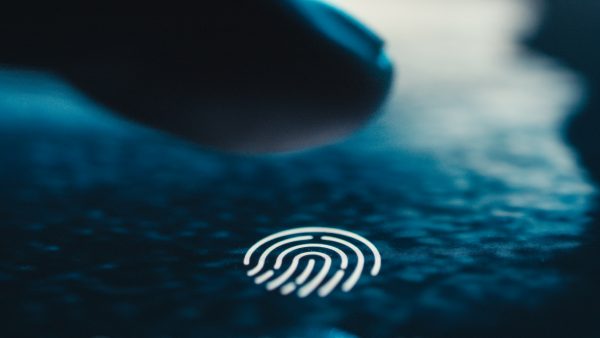
Safe Spaces, Happy Faces: How Employers Benefit When They Prioritise Workplace Security
Many businesses have not evolved with the latest security technology and access control systems, although these advancements are necessary in the post-pandemic business world.
Electronic access control has rapidly advanced since the days of keypads and card readers, and many businesses today still believe that it is a cutting-edge technology to have. For this reason, many businesses have not evolved with the latest security technology and access control systems, although these advancements are necessary in the post-pandemic business world.
Items such as mask detection and temperature screening have become a requirement in specific environments, and are becoming a key element in health and safety plans across clinical, logistics and manufacturing facilities
When looking at the 2022 State of Physical Access Control report conducted by IFSEC Global, just 41% of businesses believed their current physical access control systems either met or exceeded their security requirements. This means that 59% of companies are still operating an access control system that may not be fit for purpose.

Bluetooth technology is fast becoming a dominant contactless access control system thanks to the popularity of smartphones. As businesses move away from options such as keycards and fobs, today’s systems are being designed to support mobile credentials going forward. Recent studies predict that more than 120 million mobile credentials will be downloaded in 2023 alone.
This is especially appealing following COVID outbreaks and variants, allowing for a sanitary, hands-free access system for businesses that is fast, flexible, and cost-effective.
As a technology, it is simple to install as users can download the security credentials straight to their smartphone by clicking the link sent from an access control operator, or downloading an app. Access is then granted or denied after credentials are checked by a Bluetooth or QR code reader.
This eliminates the need for costly cards or fobs, relying solely on your phone to access the access control reader.

Biometric Access Control is a step beyond that and removes the need for physical credentials and smartphones altogether while strengthening security
Biometric data is built up of fingerprints, voice patterns, retinol, facial, and even DNA scanning. It has increasingly become more widespread in use as this access control system is a more convenient way of securing your premises and eliminates the risk of physical keys, cards and fobs being stolen, or keypad codes being passed on to unauthorised people.
In recent years, the rise of this technology outpaced all others and facial readers are the fastest growing system for quickly granting and denying access to personnel. The integration of biometrics and security systems has now become more utilised with improvements in quality and price. Innovation has played its part in helping to drive down system costs and made it easier to manage through the cloud.
If you are among the 59% who fear that their access control systems may not be meeting your needs, contact the team at Almas Industries today for a security audit. Our Security consultants will look at your existing security provision, help you identify any risks and vulnerabilities that you may not see, and advise you on how to secure your premises.


